Japan’s Battle Road Gloria Circuit Qualifiers – Complete Team Details and Usage Statistics
The start of Japan’s official VGC/World Championship Series 14 circuit may still be months away, but the Japanese tournament scene has been far from inactive! Among the numerous grassroots offline tournaments, or off-kai, which have already taken place or are scheduled to take place soon, a particularly noteworthy series of events stand out. We have already brought you team reports from some of these events, but for those unfamilliar, these events combined are known as the Battle Road Gloria, a nationwide circuit of off-kais using the current Standard rules and culminating in a National Finals in Osaka on March 23 (this Sunday). All the qualifying events besides the Last Chance Qualifier (LCQ) have been successfully concluded, and the stage is set for the showdown this weekend to determine who goes home with the glory!
So strap yourselves in for the weekend (there will most likely be a stream and organiser @masaVAmpharos will tweet the details) and LET’S GLORIA!
Circuit and Tournament Structure
The circuit comprises of eight events: 6 regional qualifiers, an LCQ on the eve of the finals, and the finals itself. The events and the number of players who advanced through them are:
- 18 Jan – Arena Off – Tokyo (Kanto Region) – Top 4 advance
- 1 Feb – Bibu Off – Hiroshima (Chu-shikoku Region) – Top 2 advance
- 9 Feb – Ganyu Off – Fukuoka (Kyushu Region), Top 2 advance
- 23 Feb – Shade Off – Osaka (Kansai Region), Top 2 advance
- 8 Mar – Hokuriku Off – Ishikawa (Hokuriku Region), Top 2 advance
- 15 Mar – Touhoku Off – Miyagi (Touhoku Region), Top 2 advance
- 22 Mar – Last Chance Qualifier – Osaka, Top 6 advance
- 23 Mar – National Finals – Osaka
Unlike the standard best-of-1 Swiss rounds leading to single elimination best-of-3 top cut format that official VGC events have adopted, Japan’s off-kais do things a little differently and these events are no exception. The ~60-80 players are broken up into 8 groups/blocks, and a best-of-1 Round Robin (everyone plays everyone else in the group once) takes place. The top two players from each group advance to a top 16 cut, where the final placings are determined by single elimination best-of-1. Advancement from the groups is determined by, in order of priority:
- Win-Loss Rate
- Number of Completed Matches
- Tiebreaker Match
- Combined Opponents’ Win-Loss Rate
- Rock-Paper-Scissors
The National Finals is set to follow the same format, except that the 20 participants will be divided into 4 groups from which the top 8 players will advance.
All battles are played in person on actual consoles, and use the standard VGC ’14 rules except for the timer which follows the default local multiplayer settings.
Qualified Players
Through their outstanding performances at the qualifying events, these players have succesfully advanced to the next leg of their glorious journey! They and their qualifying teams are:
Arena Off (18 Jan, Tokyo, Kanto Region Qualifier, 114 Players)
Champion: Viera






Runner-up: Yuuichi






3rd place: Suraimu






4th place: Rasuku






Bibu Off (1 Feb, Hiroshima, Chu-shikoku Region Qualifier, 47 Players)
Champion: Takasazo






Runner-up: Hashidam






Ganyu Off (9 Feb, Fukuoka, Kyushu Region Qualifier, 65 Players)
Champion: see_miruo (translated team report)






Runner-up: Tony






Shade Off (23 Feb, Osaka, Kansai Region Qualifier, 86 Players)
Champion: Gonbe






Runner-up: Mouhu






Hokuriku Off (8 Mar, Ishikawa, Hokuriku Region Qualifier, 67 Players)
Champion: Rei






Runner-up: Fukunyan






Touhoku Off (15 Mar, Miyagi, Touhoku Region Qualifier, 64 Players)
Champion: Alcana






Runner-up: masa






Usage Statistics and Team Details of All Players
We move on to the details of the rest of the players. The tournament organisers have done an extremely thorough job of collating this data, and have already made them public on various Japanese blogs. My job was mostly to translate Pokémon names, though I took the opportunity to do some compiling and create some statistics.
The complete data, including all usage statistics and (almost) every player’s team can be found here. I will not present all the information in this article because the quantity of it is simply staggering.
With that out of the way, I shall explain an important term in Japanese tournament usage statistics which is used in these statistics as well: the Kaburi Point (KP). The Kaburi Point of a particular species of Pokemon is simply the number of players that used it in the tournament. Since each player brings 6 Pokemon, the species clause then ensures that the sum of the KP of all Pokemon is equal to the tournament attendance multiplied by 6. Going further, the Japanese also define the KP of a player’s team to be equal to the sum of the KP of its constituent Pokemon, so a team with high KP would be full of popular Pokemon, wheras one with low KP would be full of unique choices. Since KP depends on the tournament attendance, raw KP numbers cannot be compared across tournaments with different attendance and must be divided by the attendance to obtain the percentage of players who used a particular Pokemon. I have sorted all the data presented in this article and in spreadsheets attached to this article by KP, from top to bottom and left to right in descending order. In other words, you can expect to see all the more unique Pokemon picks, such as miruo’s Pyroar and Gonbe’s Hippowdon, clustered towards the right.
Firstly, the various Pokemon used by average % usage for all the 6 qualifiers:
(to see the pie charts for individual tournaments: Arena Bibu Ganyu Shade Hokuriku Touhoku)
Next, a look at the top 10 Pokemon by by average % usage across the 6 qualifiers:
Top 16 teams from each qualifier
Finally, I leave you with the teams that got past the preliminary round robin stages for all the qualifier tournaments. Qualifying teams already listed above have been omitted. In addition, you may notice certain strong players who attended multiple events and managed to top cut multiple times!
Arena off (18 Jan, Tokyo, Kanto region qualifier, 114 players)
Top 4: Qualified and listed above
Top 8: Ryokucha






Top 8: Secchan






Top 8: Mikoto






Top 8: R Justice






Top 16: Uiww






Top 16: MAS






Top 16: Miyako






Top 16: Itou






Top 16: Huuuryu






Top 16: Masahiro






Top 16: YT






Top 16: Yasumatsu






Bibu Off (1 Feb, Hiroshima, Chu-shikoku region qualifier, 47 Players)
Top 2: Qualified and listed above
3rd place: Kaede






4th place: Arue (translated team report)






Top 8: Denjiha






Top 8: Shien






Top 8: Marou






Top 8: Nikoru






Top 16: Surairi






Top 16: Tony






Top 16: masa






Top 16: Hashimura






Top 16: Miyanoakemi






Top 16: Torun






Top 16: Abi






Top 16: Rai






Ganyu Off (9 Feb, Fukuoka, Kyushu region qualifier, 65 Players)
Top 2: Qualified and listed above
3rd place: Chikuha






4th place: Sana






Top 8: Shichikin






Top 8: Bandoru






Top 8: Torun






Top 8: YT






Top 16: Tomoya






Top 16: Hashidam






Top 16: Fuoru






Top 16: Zaha






Top 16: Viera






Top 16: Aroe






Top 16: Gincho






Top 16: imP






Shade Off (23 Feb, Osaka, Kansai region qualifier, 86 Players)
Top 2: Qualified and listed above
3rd place: Nemuru






4th place: YT






Top 8: Kousuke






Top 8: Kande






Top 8: Bunbun






Top 8: Right






Top 16: Gacha






Top 16: Sunlight






Top 16: Yamacha






Top 16: Viera






Top 16: haru






Top 16: Moudameda






Top 16: Tsubasa






Top 16: see_miruo






Hokuriku Off (8 Mar, Ishikawa, Hokuriku region qualifier, 67 Players)
Top 2: Qualified and listed above
3rd place: Rurito






4th place: Mopi






Top 8: Zunda






Top 8: Leon






Top 8: Kandachibe






Top 8: Moudameda






Top 16: Sena






Top 16: Pentagon






Top 16: Bicho






Top 16: Gacha






Top 16: Tsunku






Top 16: Yura






Top 16: Beko






Top 16: Yukikage






Touhoku Off (15 Mar, Miyagi, Touhoku region qualifier, 64 Players)
Top 2: Qualified and listed above
3rd place: Roto






4th place: Miya






Top 8: Nako






Top 8: Doru






Top 8: HAL






Top 8: Seravi






Top 16: Suraimu






Top 16: At least an E Cup






Top 16: Kaede






Top 16: Rasu






Top 16: Sukiru






Top 16: Pippi






Top 16: Zecchan






Top 16: Tsuzuli






16 Responses to Japan’s Battle Road Gloria Circuit Qualifiers – Complete Team Details and Usage Statistics
Leave a Reply
You must be logged in to post a comment.

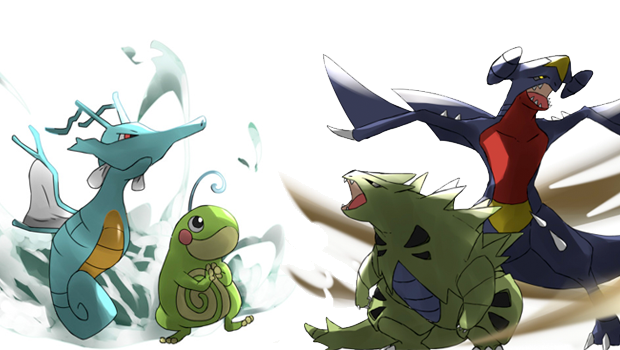
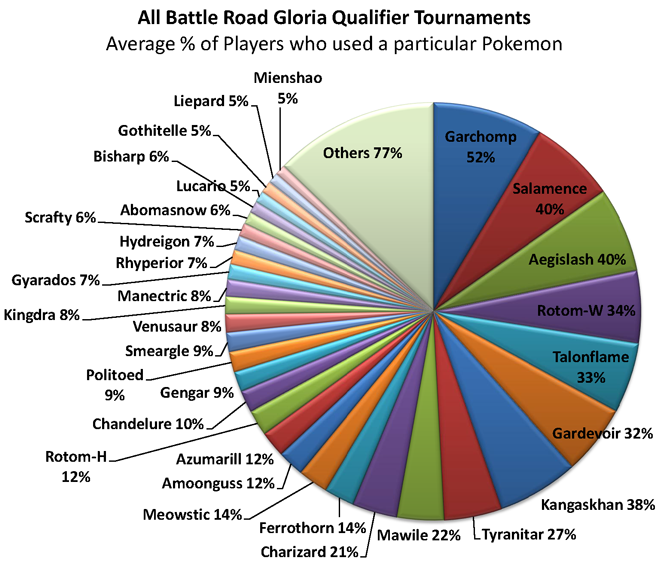
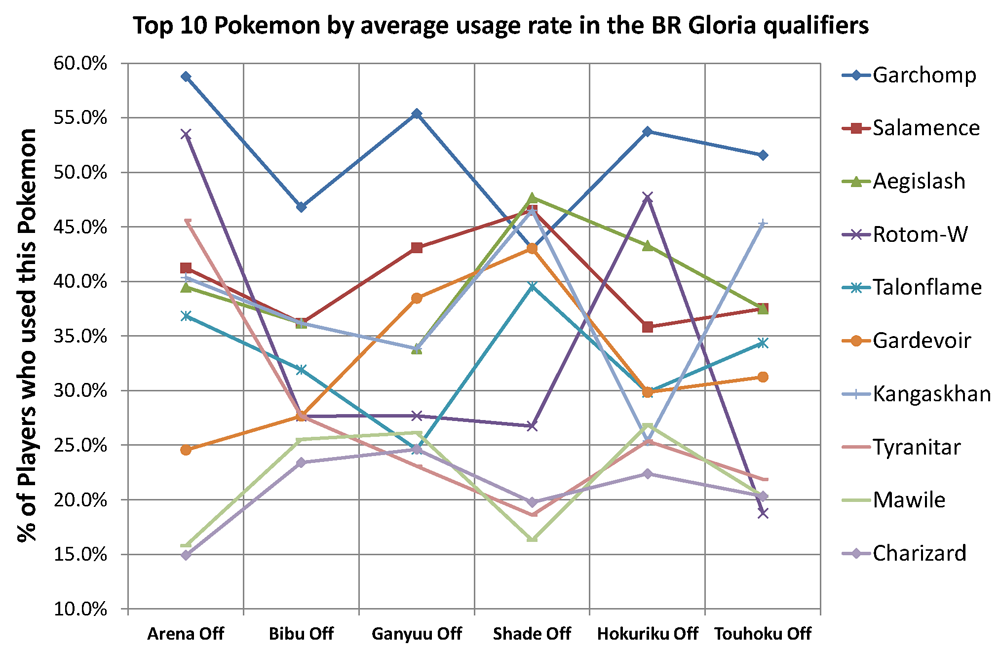
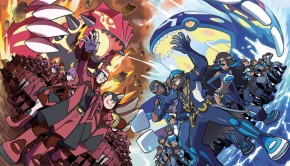
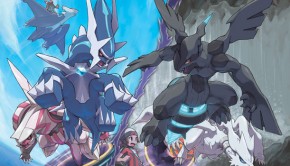
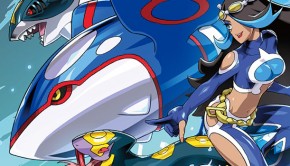

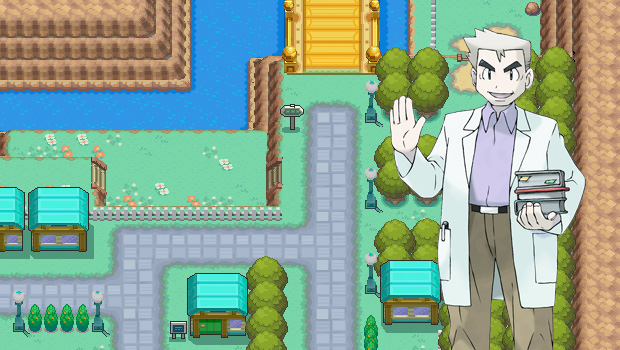




Dragons and Aegislashes for days. Holy.
Ugh whoops, replace one of the Garchomps with a Kangaskhan please (and if an editor could help me change it on the CMS that would be great)
It’s really interesting that no Smeargle qualfied even though we can see that plenty of people entered with them.
Two Garchomps, hah. I’d use two Garchomps if it was allowed. A lot of Fairy-Steel-Dragon Core seen on many teams.
Very interesting look at the Japanese meta, no surprise in the Garde/Aegi usage abound, but interesting to see less Charizard than I’m used to.
Also is that a mono-Psychic team I see
Are they going to update this when the other tournaments finish?
Some pretty cool info here. There were quite a lot of teams that made cut that had a TR mode to them, or were just flat out running Hard TR. I’d like to say this is surprising, noting how non-existant TR has been here, but I do believe Japan does have a thing for trying to get TR to work so it isn’t as surprsing. This would probably also explain why Mega Maw sees a lot more usage from them, since naturally, Hard TR would gravitate towards running one.
Also, I’m now very curious how Itou’s Mono-Psychic team works. Since he managed to Top Cut with that.
btw, do the names of the tourneys have any specific meaning to them?
Wow that 4th place Arena Off team is very very impressive. Torkoal/Gourgeist/Luc. I’m glad to see that smeargle isn’t as much of a factor as I thought it would be. seems like everybody has a counter to being put to sleep. I’m also glad to see hydreigon on a 1st place team even though its weakness to fairys.
1 more thing, the art for this post is amazing. love it.
Some very interesting stuff, a monotype Psychic team is very interesting. But the all-too-common Garchomp, Salamence, and Aegislash are expected. Still some nice things to see that you don’t usually see, such as Jolteon and Delphox!
I smashed that 4th place team this morning 4-0. It involved Final Gambit Lucario and a Rain and TR mode with Gourgeist/Torkoal, pretty interesting though. Surprised by that finish.
OMG a mono Psychic team made top 16!!!
Pre-XY hype: Fairy Apocalypse! Dragons, run for your lives!
Post-XY meta: Oh hai, my name is Garchomp and I’m still here to eat your children.
Gonbe’s Shade Off team looks particularly interesting. Possibly no Megas (I doubt Mega Aerodactyl was used, cos the original seems a better support AND attacker at the moment) and just a defensive orientated, good ol’ fashioned Sandstorm team.
Also that Mono Psychic team is totally rad.
It was Mega Aerodactyl. You can see his report if you follow the link to his blog.
Other notable stuff include Hokuriku Off winner Rei using Mega Charizard X instead of Y.
Whoa. That’s quite something! I would to see what the play-style was like! Also, the Amphabulous / Mewostic team he faced looks sort of like the one I’m planning… I hope mine works out better than that one.
“Top 16: Aroe” An Aron what? What? WAHT?!?!?!??!?!?!??!?no srs how